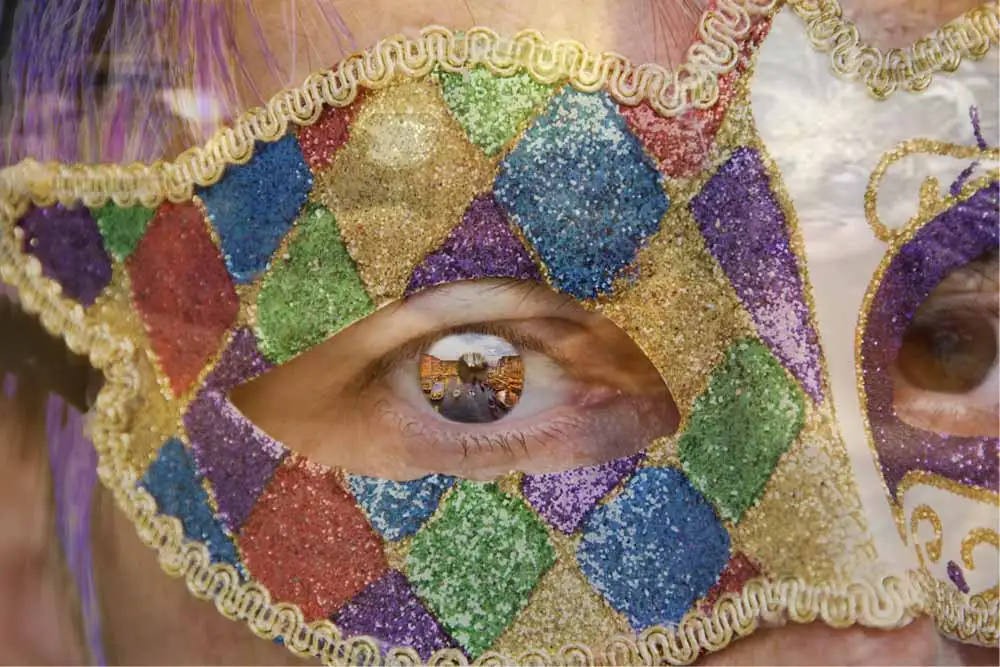The Unexpected
In May of 2019, De and I visited the Big Island, Hawaii. Neither of us had ever been. The “Big Island” has large amounts of lava, an active volcano and many fewer snorkeling and swimming beaches than the other islands. For that reason, it had been lower on our priority list for the islands.
However, we found this island to be incredibly dramatic. Driving to Hilo from Kona on our first night, we encountered torrential rain and then a double rainbow over a barren lava-scape. It was like being on a blackened version of the moon, or some other striking celestial object.
The Trip
The fact that this is the one island with an active volcano that is still creating new land makes it a very unique place to be. The lava is a dominant feature and Volcanoes National Park is a must see for visitors. After spending a few days on the Hilo (Eastern) side of the island and being totally charmed by its old Hawaiian style (and enjoying two of the island’s best beaches), we traveled to the National Park. We finished by driving around the southern part of the island back to Kona. As “the Big Island” it really is large, and we’ll need to go back to catch the northern part of the island in the future.
The Helicopter
As much as we saw, the highlight had to be our doorless helicopter flight. We took off from the Hilo airport, well-strapped-in. In the past, these flights took tourists over the frequent live lava flows that headed into the ocean. However, the trips are now more sombre becaase of the 2018 Kilauea eruption. The Lower Puna eruption included outbreaks of lava fountains up to 300 feet (90 m) high, lava flows, earthquakes and volcanic gas in the Leilani subdivision.
By August 7, 2018 13.7 square miles of land had been covered by lava. About 875 acres of new land has been created in the ocean and the official number of houses destroyed by the eruption reached 700 on July 9.
For this photographer, flying over the was a serious adrenaline flood. I’d never done this before and I loved it! The views, the colors, the stark patterns and lines of the lava, the magnitude of the eruption that had taken so many homes … it was a lot to take in later. A few photography tips: shoot as fast as you can with all the movement of the helicopter and adjust your ISO and aperture accordingly. Don’t hold onto the helicopter when you are shooting, as the vibrations will shake your arm and hand holding your equipment. Of course, make sure your camera is firmly around your neck!
